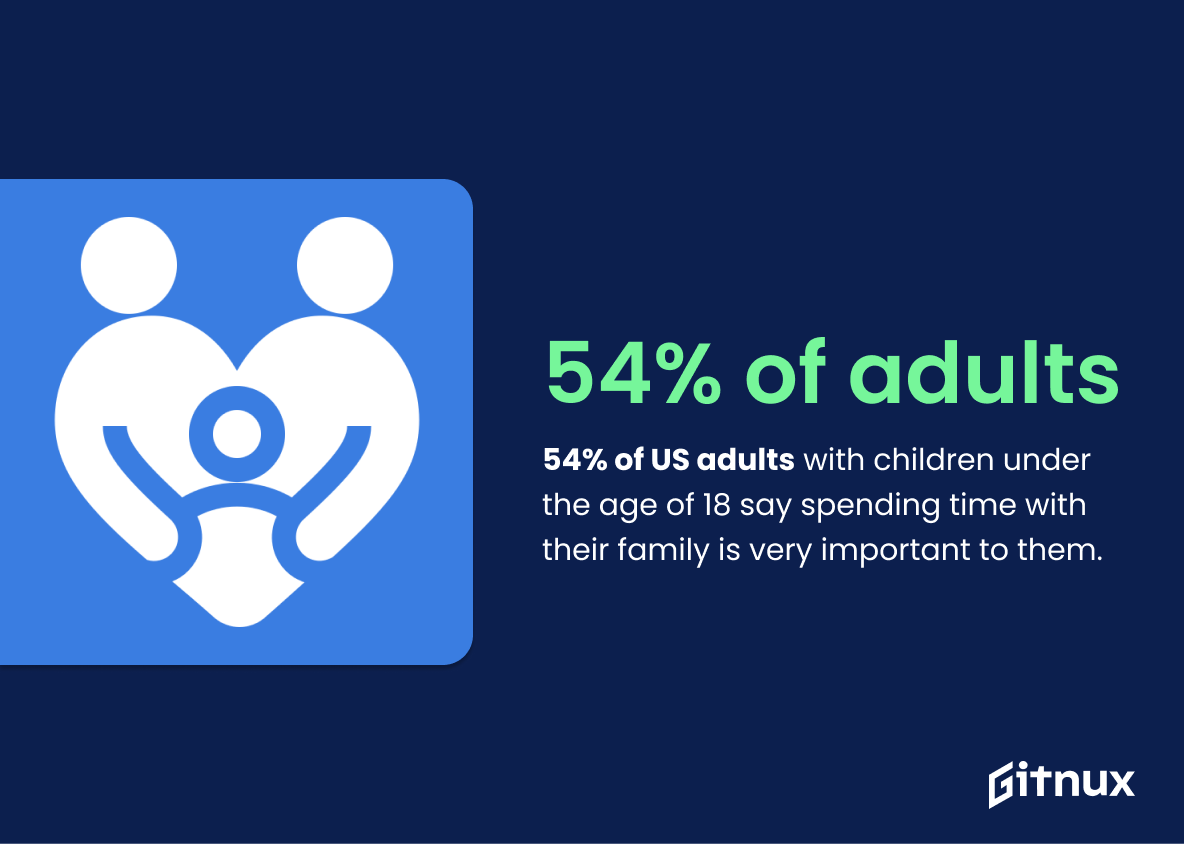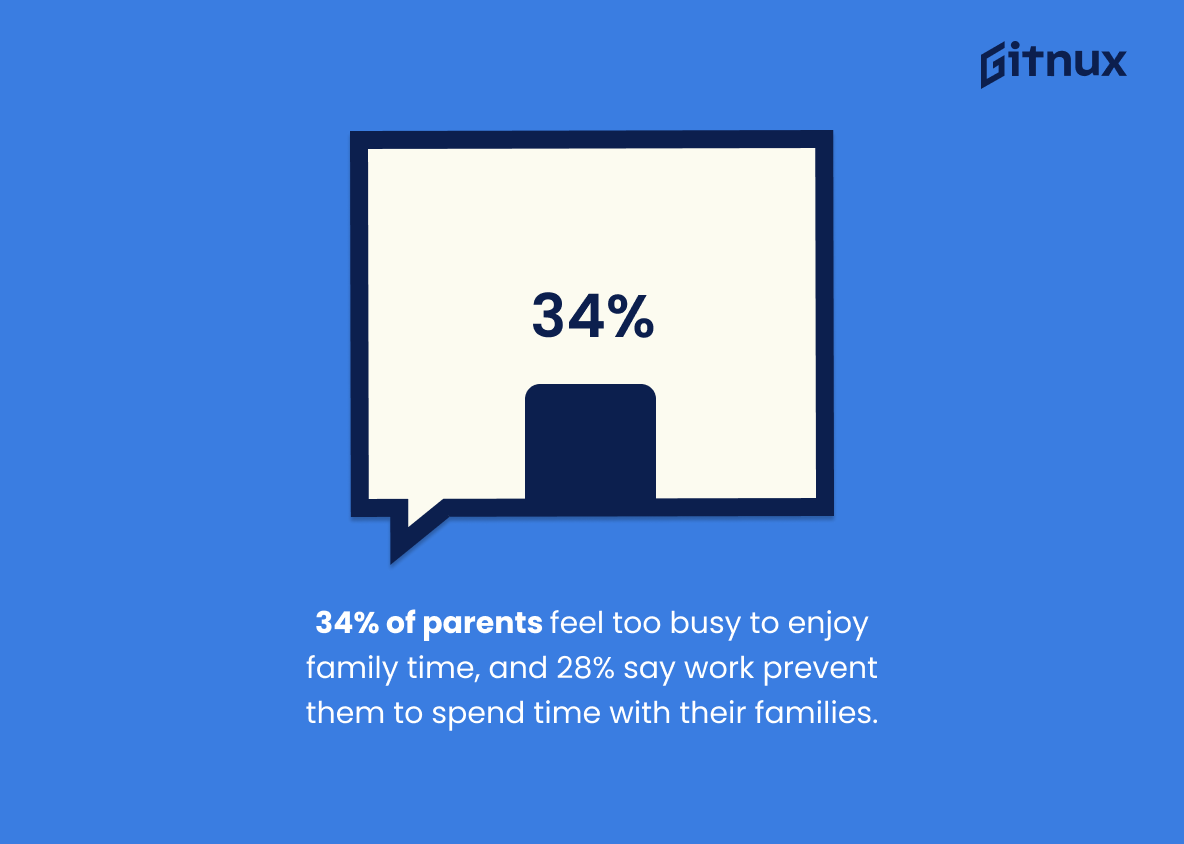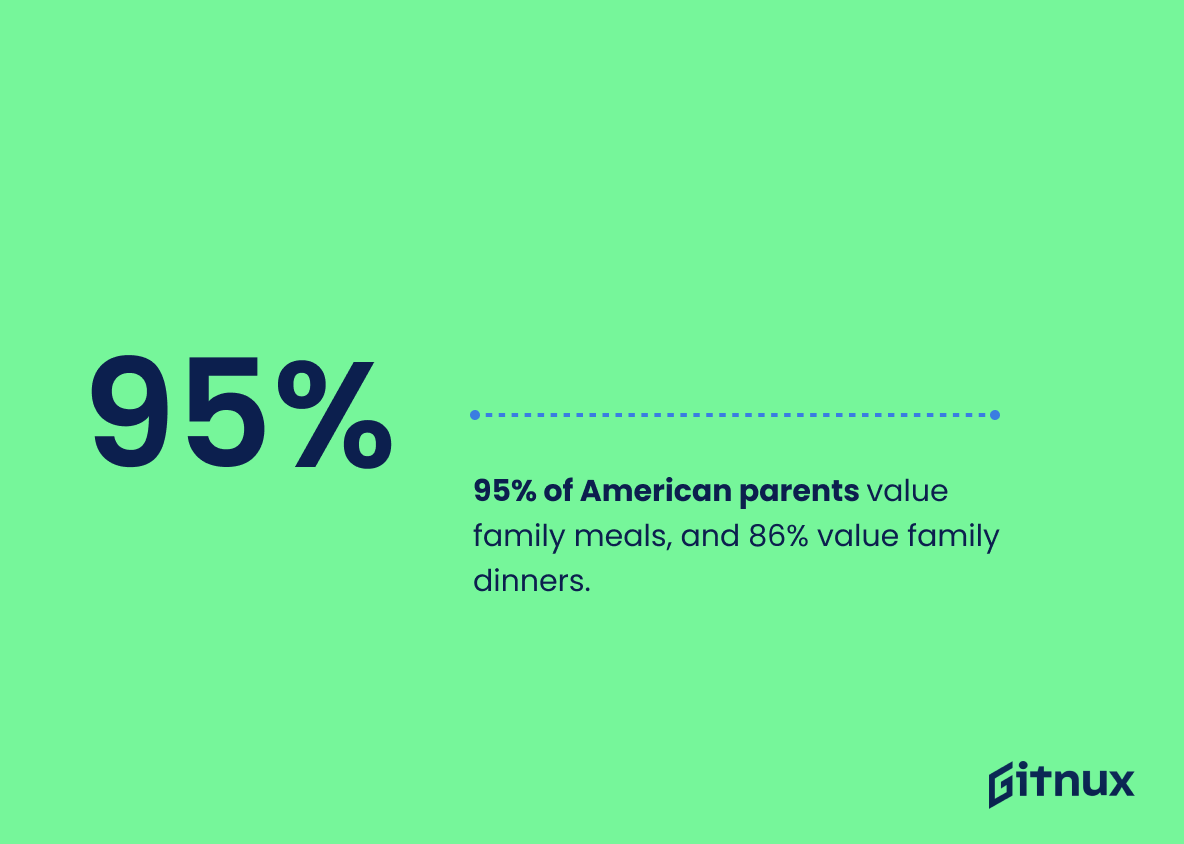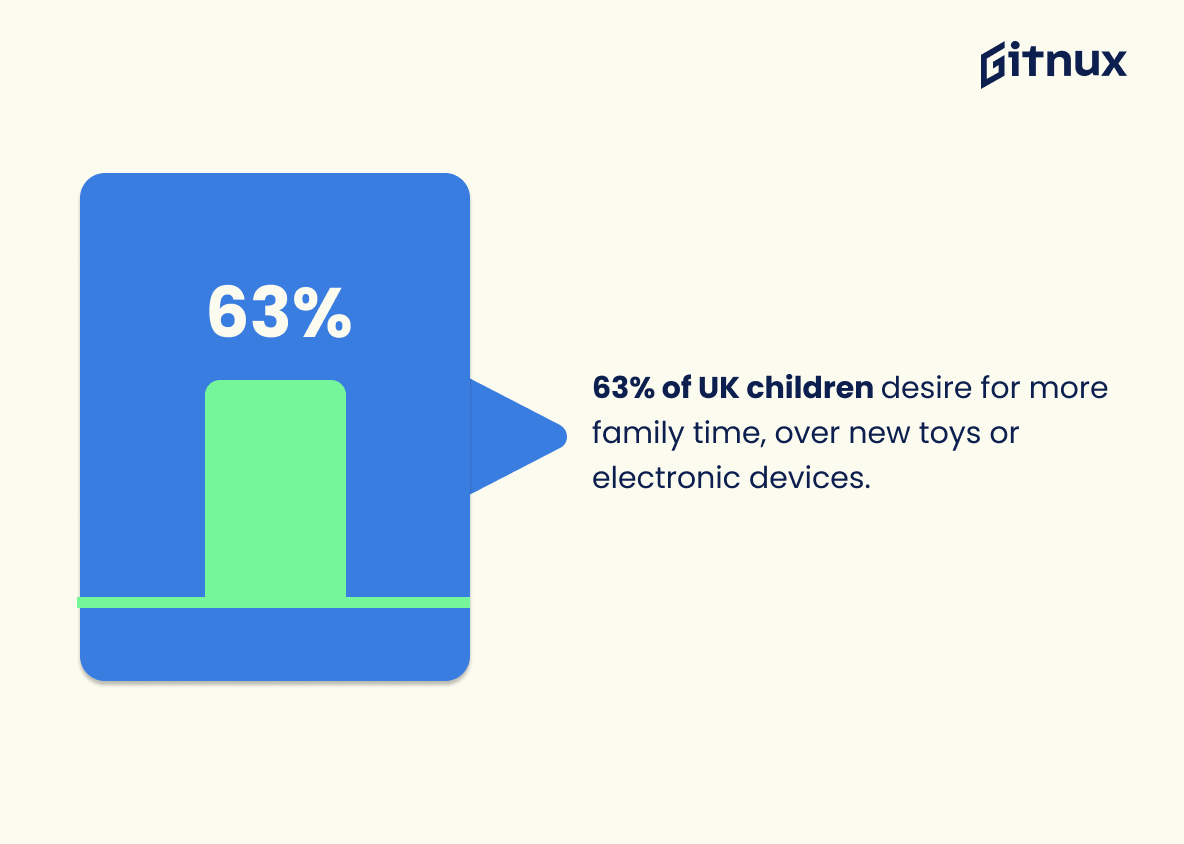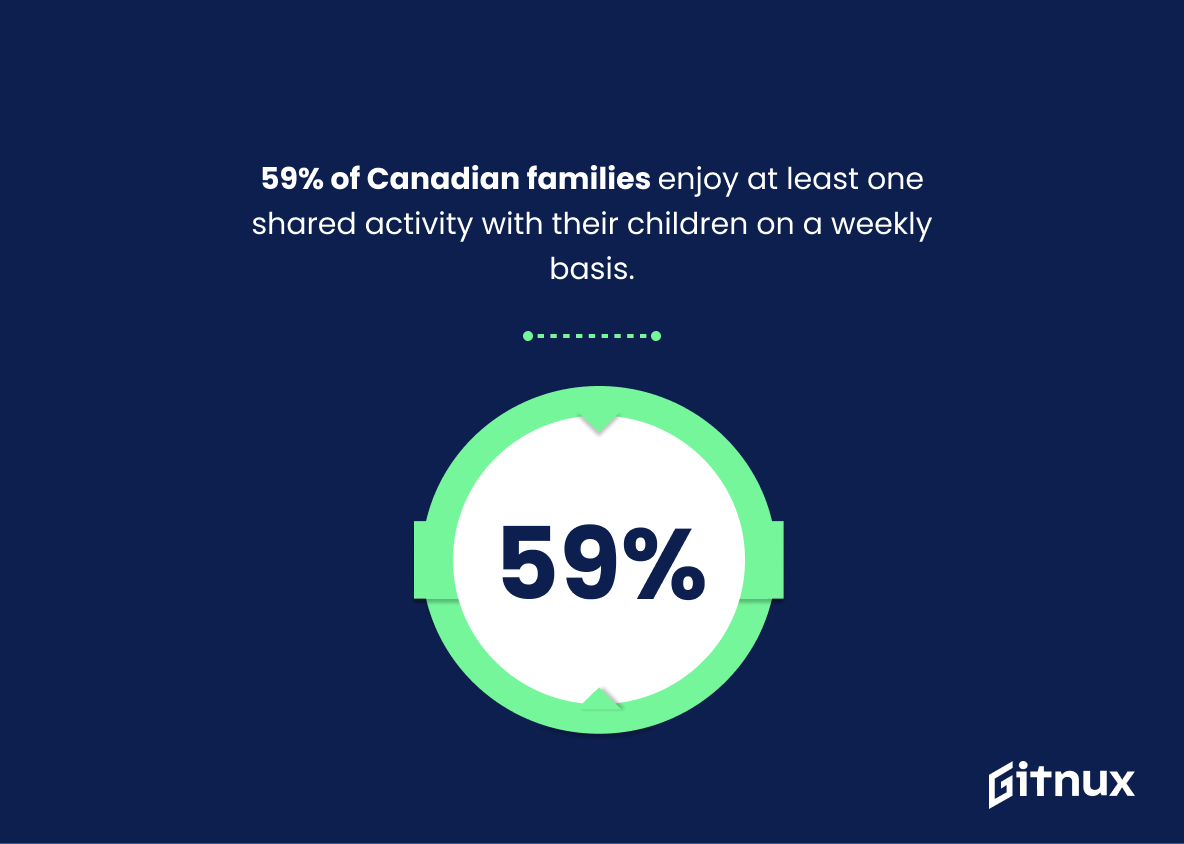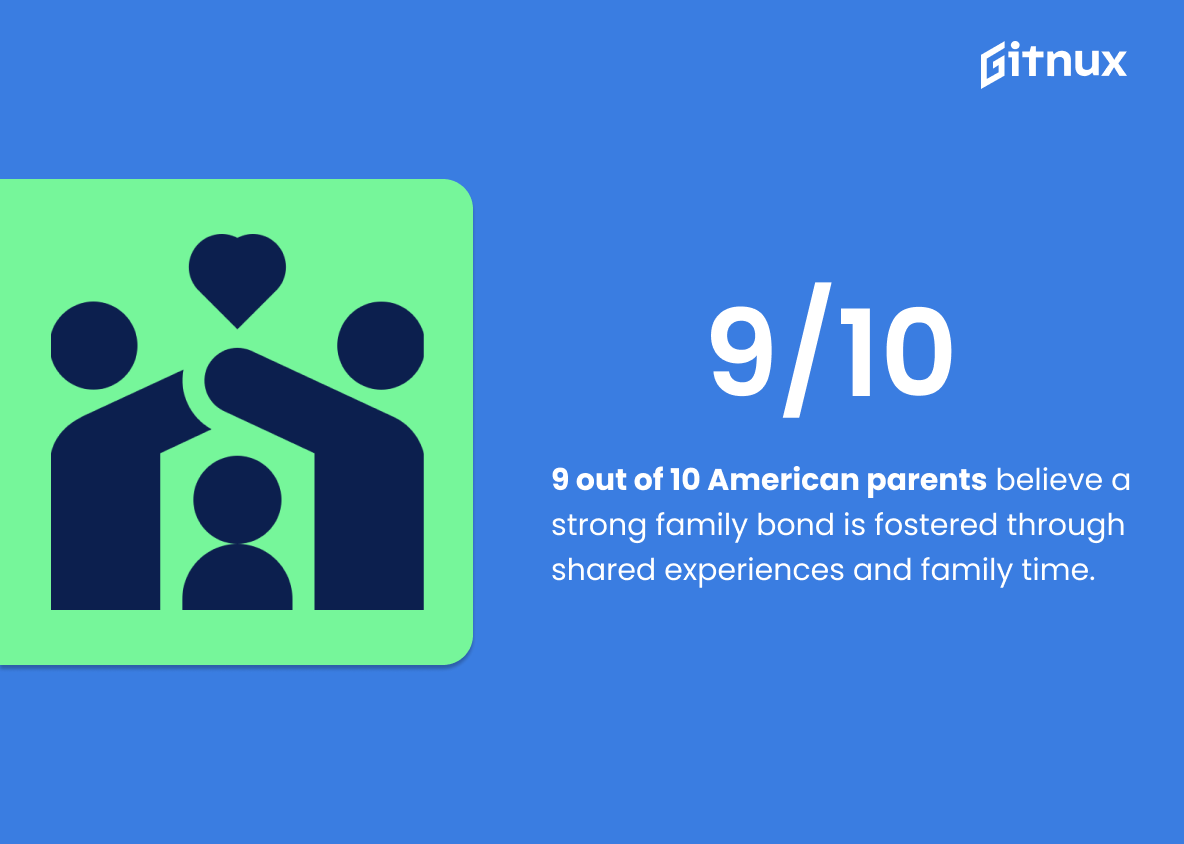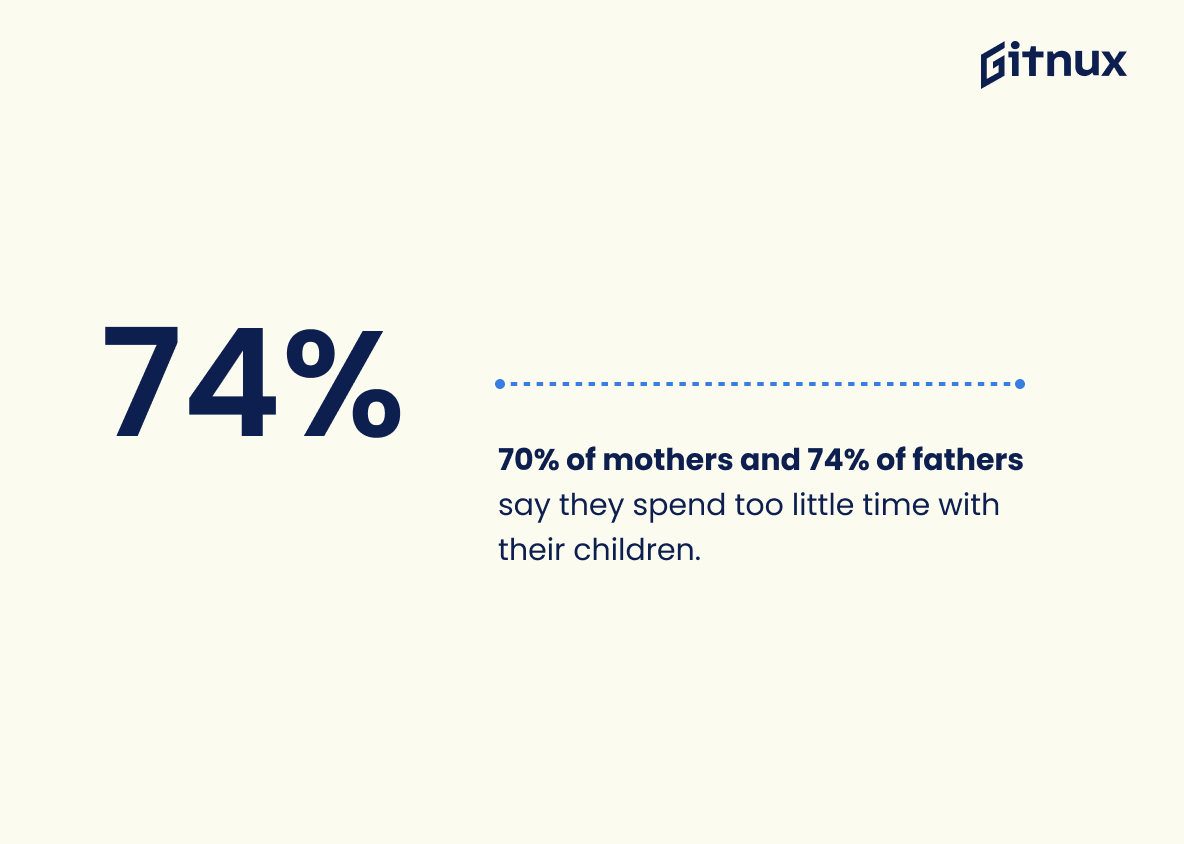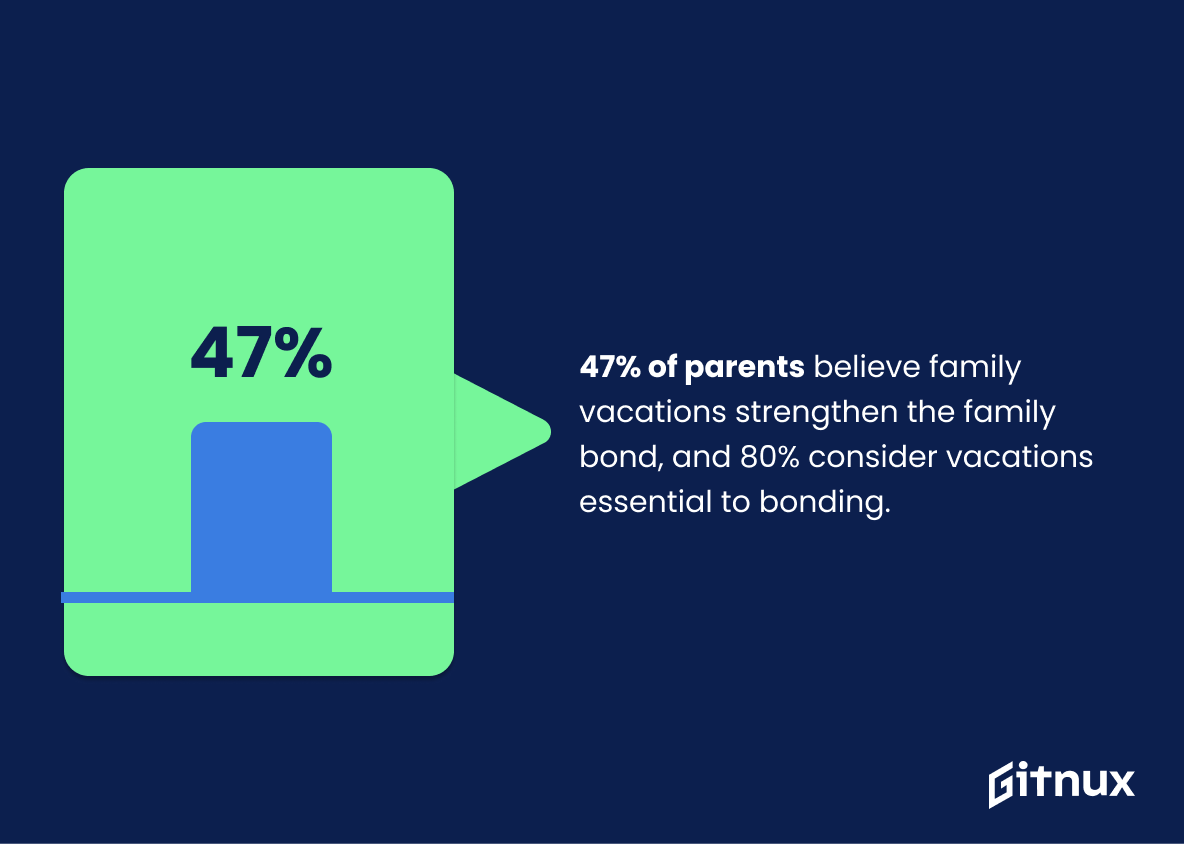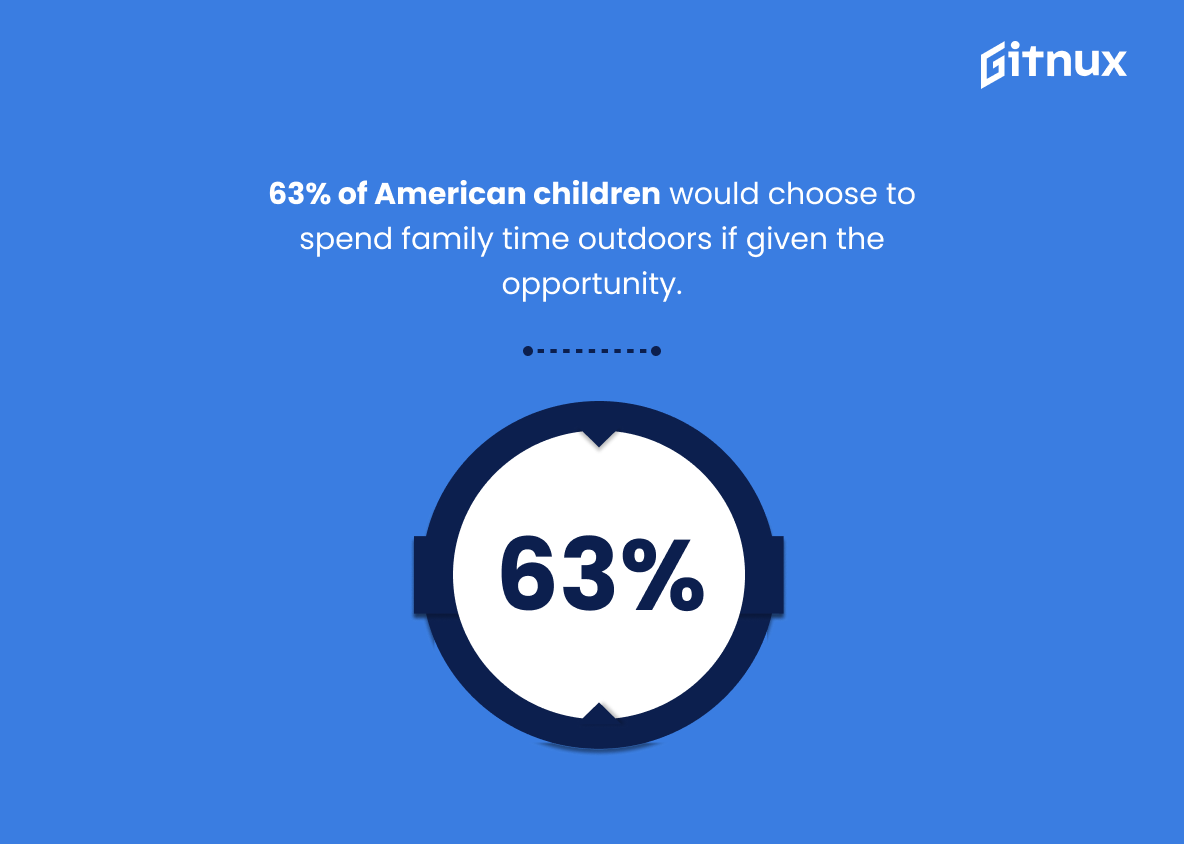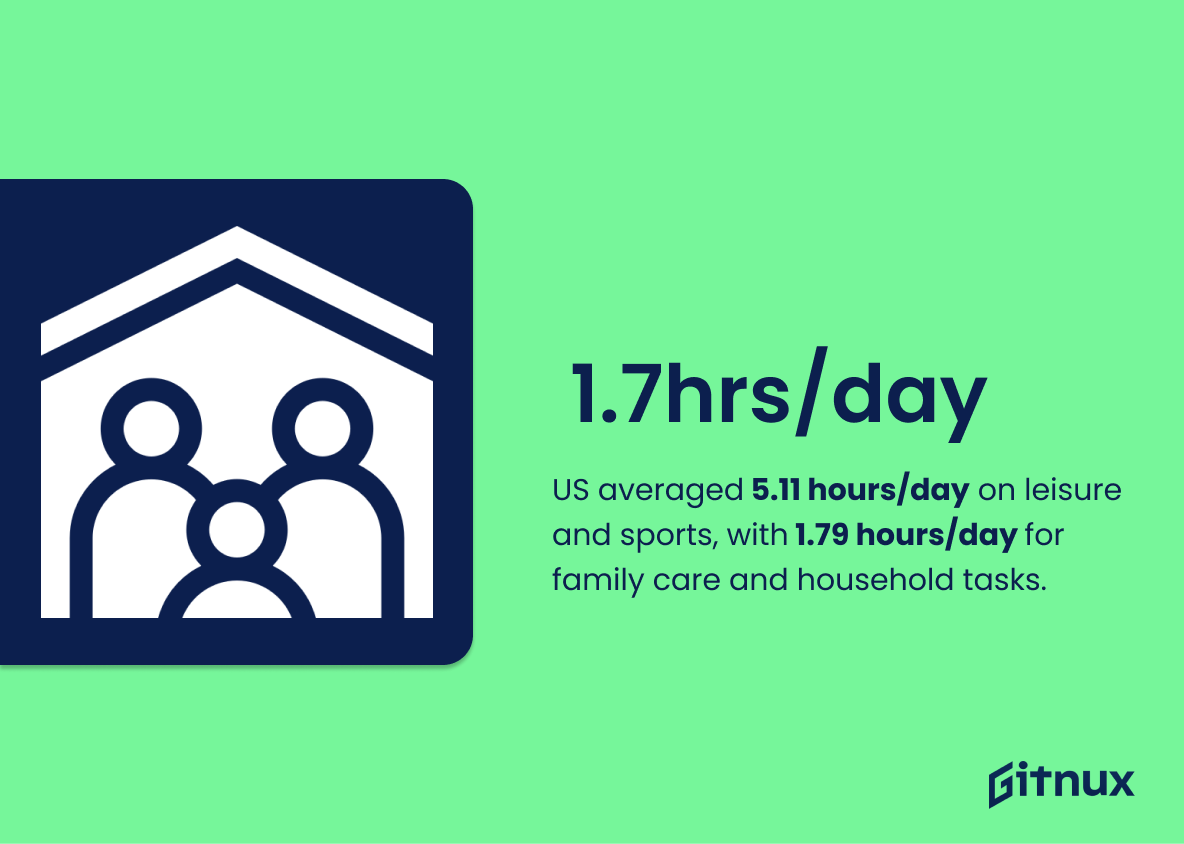Family time is an important part of life, and it’s essential to make sure that we are taking the time to connect with our loved ones. Statistics show that families around the world prioritize family time in different ways. In America, 43% of families eat dinner together every day while 57% report sharing meals sometimes; on average American families spend just 37 minutes per day during the week engaging in quality activities; 54% of US adults say spending time with their family is very important; 34% of parents feel too busy for family time and 28% cite work commitments as a barrier; children in the US spend 3 hours per day with their parents including both active engagement and passive presence; 95% value shared meals as a way to bond, 86 % believe it’s very important to have dinner together as a family unit ; 63 % UK children express desire for more quality-time than new toys or electronic devices ; three quarters Australian parents find balancing work/family challenging ; 59 % Canadian families enjoy at least one activity weekly ; 9 out 10 American parent believes strong bonds come from shared experiences & times spent together , 1in 7 take kids out school for extra bonding opportunities , 40 percent screen-time takes priority over real interaction 70& mothers 74& fathers don’t get enough alone -time 47 percent vacations strengthen bonds 80 consider them essential .63 prefer outdoor activities 5.11 leisure sports vs 1.79 care household 67 agree less today then when they were growing up 150 hrs more year now than 25 years ago .
This statistic is a powerful reminder of the importance of family time. It highlights the fact that, while the majority of US families are making an effort to share meals together, there is still a significant portion of families who are not taking advantage of this opportunity to bond. This statistic serves as a call to action for families to prioritize spending time together, as it can have a positive impact on relationships and overall wellbeing.
The average American family spends just 37 minutes of quality time together per day during the week.
This statistic serves as a stark reminder of the importance of carving out quality time for family. With the average American family spending less than an hour together during the week, it is clear that many families are not prioritizing spending time together. This statistic highlights the need for families to make an effort to spend more time together and to make the most of the time they do have.
Family Time Statistics Overview
54% of US adults with children under the age of 18 say spending time with their family is very important to them.
This statistic is a powerful reminder of the importance of family time in the lives of US adults with children. It highlights the value that these individuals place on spending quality time with their families, and serves as a reminder of the importance of making time for family in our busy lives.
34% of parents report feeling too busy to enjoy family time, and 28% say work commitments impact their ability to spend quality time with their families.
This statistic is a stark reminder of the reality that many parents face: the struggle to balance work and family life. It highlights the fact that, for many, the demands of work can be so great that it can be difficult to find the time to enjoy quality family time. This statistic is a powerful reminder of the importance of making time for family, and of the need to prioritize family life in order to ensure that parents and children can spend quality time together.
95% of American parents value family meals, and 86% believe it’s very important to have dinner together as a family.
This statistic is a powerful reminder of the importance of family meals. It highlights the fact that the majority of American parents recognize the value of having dinner together as a family, and that they prioritize it as a key part of their family life. This statistic is a great starting point for a blog post about family time statistics, as it demonstrates the importance of family meals and provides a foundation for further discussion.
63% of UK children express the desire for more family time, making this a higher priority than new toys or electronic devices.
This statistic is a powerful reminder of the importance of family time in the lives of UK children. It highlights the fact that, despite the prevalence of new toys and electronic devices, children still prioritize spending quality time with their families. This statistic is a call to action for parents to make family time a priority and to ensure that their children are getting the attention and connection they need.
59% of Canadian families enjoy at least one shared activity with their children on a weekly basis.
This statistic is a testament to the importance of family time in Canada. It shows that the majority of Canadian families prioritize spending quality time with their children, which is essential for fostering strong relationships and creating lasting memories.
9 out of 10 American parents believe a strong family bond is fostered through shared experiences and family time.
This statistic is a powerful reminder of the importance of family time and shared experiences in creating strong family bonds. It highlights the fact that the majority of American parents recognize the value of spending quality time together as a family, and that this is an essential part of fostering a strong family bond. This statistic is an important piece of evidence to include in a blog post about family time statistics, as it provides a clear indication of the importance of family time in the eyes of American parents.
Almost 40% of parents indicate that screen time is more of a priority than family time in their households.
This statistic is a stark reminder of the importance of family time in today’s digital age. With the prevalence of technology, it is easy for parents to prioritize screen time over quality time with their families. This statistic highlights the need for parents to be mindful of the amount of time their children spend on screens and to make sure that family time is given the same importance.
70% of mothers and 74% of fathers say they spend too little time with their children.
This statistic is a stark reminder of the reality that many parents face: the struggle to balance work and family life. It highlights the need for parents to prioritize spending quality time with their children, as well as the need for employers to provide more flexible working arrangements to help parents achieve this.
47% of parents believe that family vacations strengthen the family bond, and 80% consider vacations essential to bonding.
This statistic is a powerful testament to the importance of family vacations in strengthening family bonds. It shows that the majority of parents recognize the value of taking time away from the hustle and bustle of everyday life to reconnect with their loved ones. This statistic is a great starting point for a blog post about family time statistics, as it provides a strong foundation for further exploration into the topic.
63% of American children would choose to spend family time outdoors if given the opportunity.
This statistic is a powerful reminder of the importance of spending quality time with family outdoors. It speaks to the fact that children recognize the value of outdoor activities and the positive impact they can have on family relationships. This statistic is a great starting point for a blog post about family time statistics, as it highlights the importance of outdoor activities for families and provides a basis for further exploration into the topic.
In 2016, the average time spent per day on leisure and sports activities for the US population was 5.11 hours, while family care and household activities accounted for 1.79 hours.
This statistic is a powerful reminder of the importance of family time. It shows that, on average, Americans spend more than twice as much time on leisure and sports activities than they do on family care and household activities. This highlights the need for families to prioritize spending quality time together, as it is essential for healthy relationships and overall wellbeing.
In the US, lower-income families spend an average of 8.8 hours together, while higher-income families average 7.4 hours together.
This statistic serves as a stark reminder of the disparities between lower- and higher-income families when it comes to spending time together. It highlights the fact that lower-income families are making the most of their limited resources to prioritize family time, while higher-income families may be sacrificing quality time with their loved ones in favor of other pursuits.
67% of parents agree that children today spend less time with their families than they did when they were growing up.
This statistic is a powerful indicator of the changing dynamics of family life. It suggests that, despite the best efforts of parents, children are spending less time with their families than in the past. This has implications for the quality of family relationships, as well as the overall wellbeing of children. By highlighting this statistic, a blog post about Family Time Statistics can help to raise awareness of the issue and encourage parents to make more time for their families.
Conclusion
It is clear from these statistics that family time is an important part of life for many people around the world. Despite busy schedules and competing priorities, families are making a conscious effort to spend quality time together in order to foster strong bonds and create lasting memories. From shared meals to outdoor activities, parents are finding ways to make sure their children have meaningful experiences with them as well as extended family members. While there may be challenges associated with balancing work commitments and spending enough time with loved ones, it appears that most families recognize the importance of investing in relationships through dedicated family time.
References
0. – https://www.www.pewsocialtrends.org
1. – https://www.www.commonsensemedia.org
2. – https://www.www.forbes.com
3. – https://www.www.nature.org
4. – https://www.www.newamerica.org
5. – https://www.www.nytimes.com
6. – https://www.www.ag.ndsu.edu
7. – https://www.www.macmillanihe.com
8. – https://www.familytravels.com
9. – https://www.www.bls.gov
10. – https://www.www.statcan.gc.ca
11. – https://www.www.pewresearch.org
12. – https://www.www.theatlantic.com
13. – https://www.elementsmassage.com
14. – https://www.www.fmi.org
